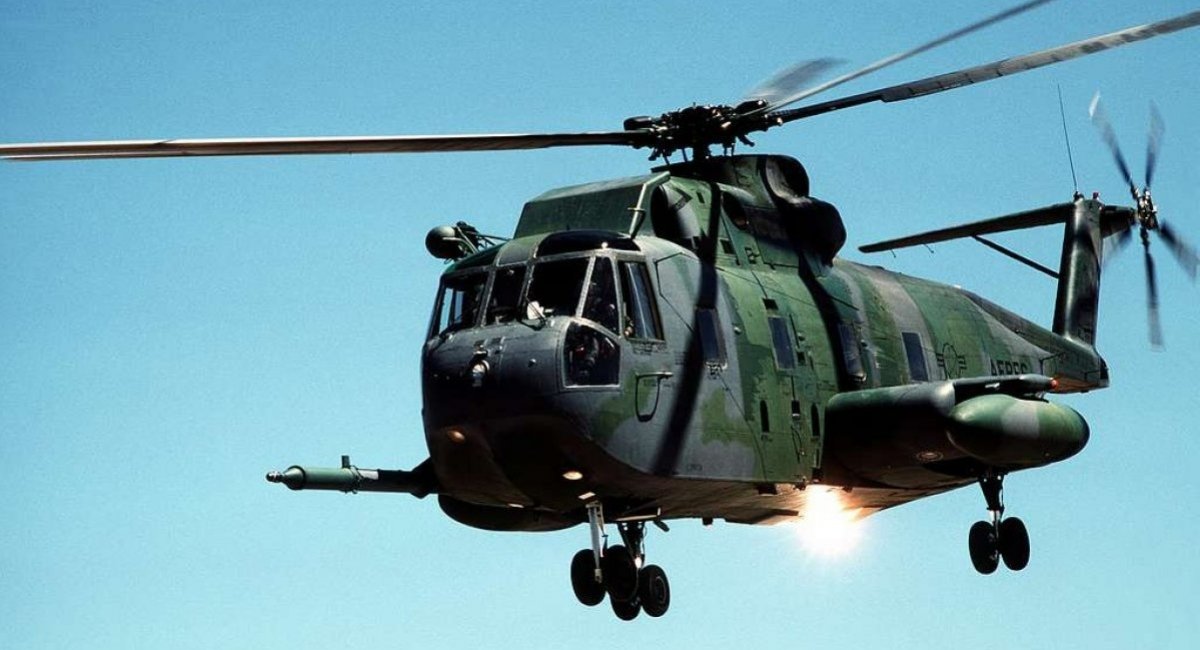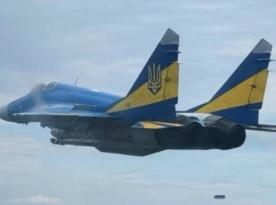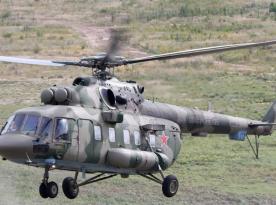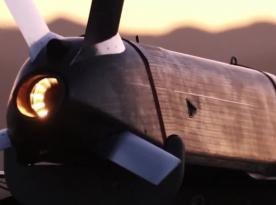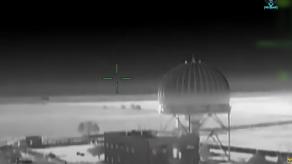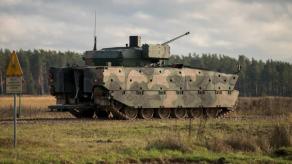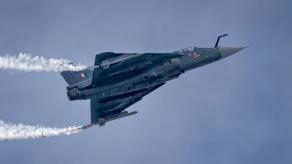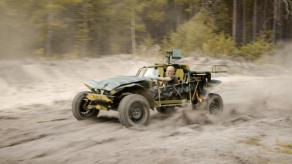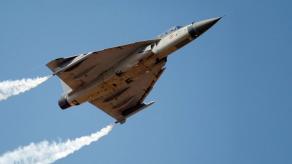On the night of May 31, 1967, two Sikorsky HH-3E Jolly Green Giant helicopters lifted off from Floyd Bennett Field in New York. Their mission was to complete the first nonstop transatlantic helicopter flight in history, landing in Le Bourget Airport, near Paris.
They did it in 30 hours and 46 minutes, landing on June 1st, just in time for the 27th Paris Air Show — rewriting what was thought possible for rotary aviation.
Read more: UK Defense Intelligence: russia's Casualty Count Approaches 1 Million
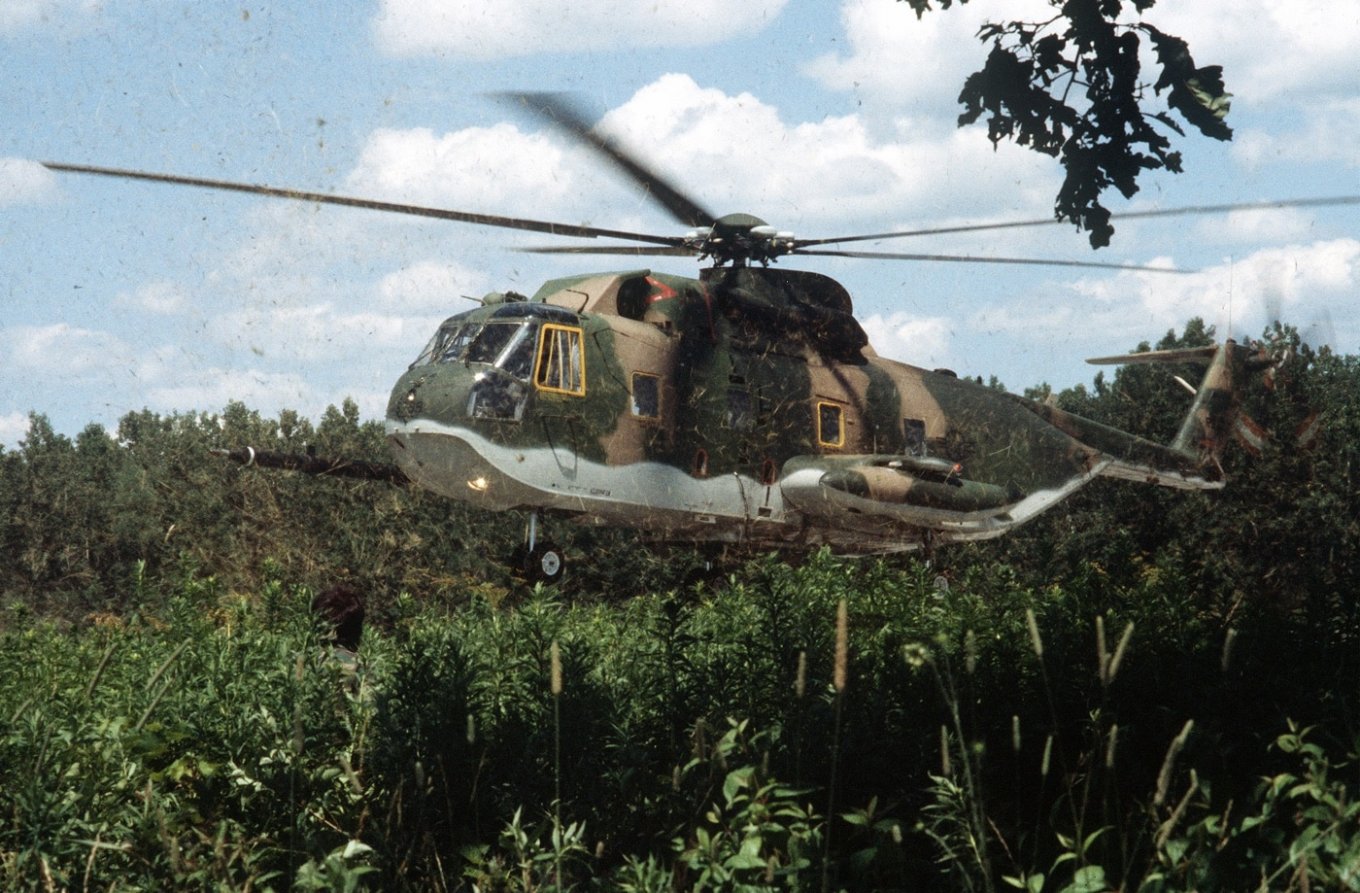
This daring flight was dedicated to the 40th anniversary of Charles Lindbergh's iconic 1927 solo crossing of the Atlantic. The route of the two HH-3Es mirrored Lindbergh's journey, but the stakes were very different: this time, it wasn't about solo flying — it was about proving that rotary-wing aircraft could achieve what only fixed-wing vehicles had done before.
The HH-3E was no ordinary helicopter. It was a heavily upgraded version of the SH-3 Sea King, featuring internal self-sealing fuel tanks, external drop tanks, armor plating, and, most importantly, a fixed refueling probe, making it one of the first helicopters capable of aerial refueling.
It earned the nickname "Jolly Green Giant" due to its large size, olive-green color, and rescue mission role — a reference to the iconic mascot of the Green Giant canned vegetables brand. The name stuck during the Vietnam War, where the helicopter became a symbol of hope for downed airmen.
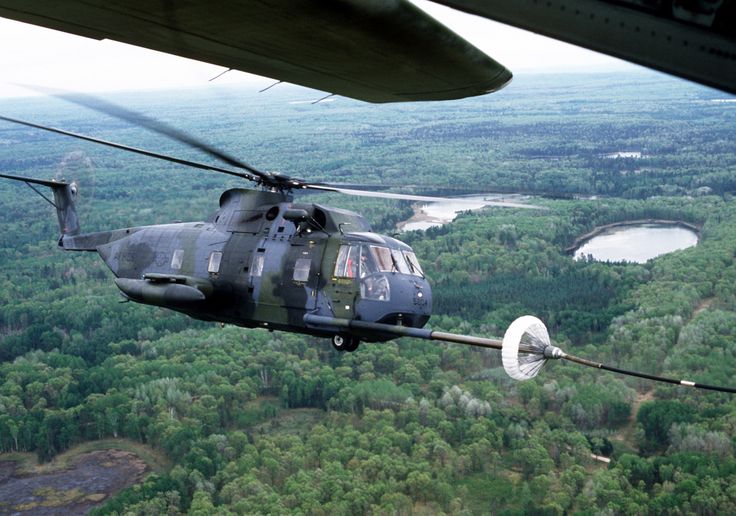
This rescue-configured aircraft was known for daring combat missions in Vietnam, where it was used to extract downed pilots under enemy fire. But this flight had no enemy — only 6,800 kilometers of cold ocean, and brutal North Atlantic weather.
The plan was bold: 9 aerial refuelings from HC-130P Combat King tankers, starting over Canada, then Newfoundland, and five times over open Atlantic waters. The last refuels happened over Britain and the English Channel.
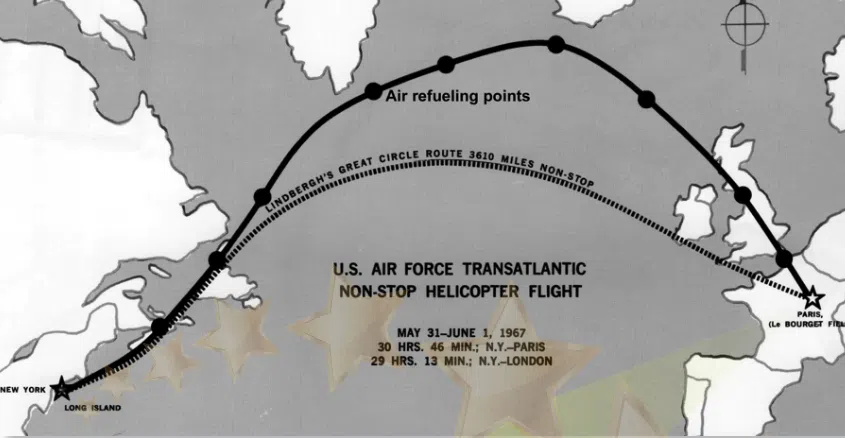
To maximize safety, the route was deliberately indirect — curving near Greenland and Iceland instead of going straight across. The helicopters flew at altitudes varying wildly from 3 kilometers down to 3 meters above the sea.
Upon arrival, Maj. Herbert Zehnder summed it up in an interview for a local newspaper:
"There were no problems with the aircraft at all, but gosh, there was lots of weather. We saw everything from rain and snow to hail and fog and we varied altitudes up and down at times from 10,000 feet to 100 feet."
Once again, besides adverse weather, it was a stressful 30-hour-long flight with nine mid-air refuelings without a break. After crossing 6,873 km, they landed right during the airshow in Paris.
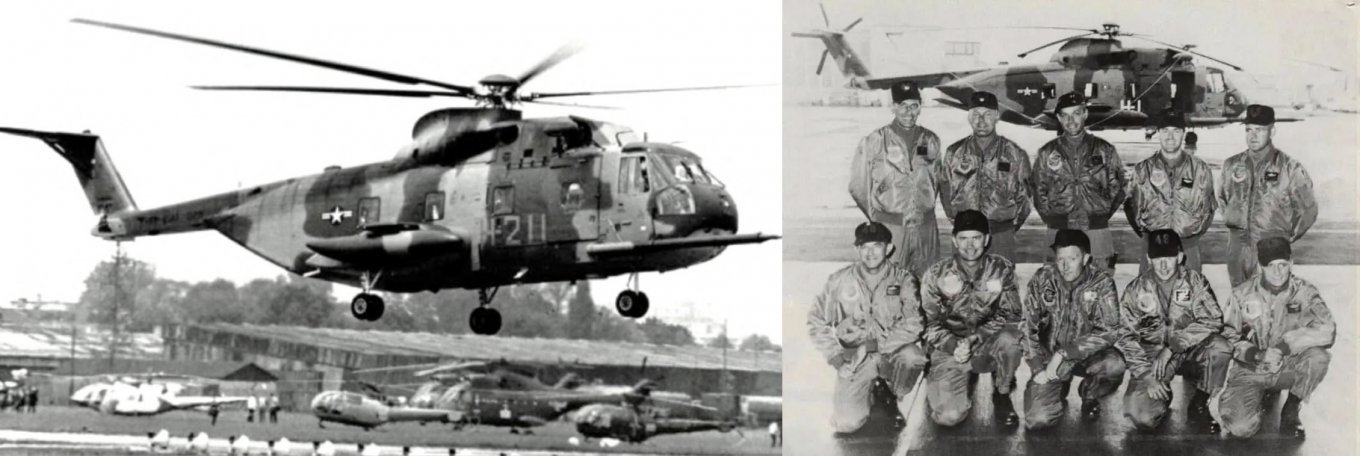
Despite the historic nature of the mission, both helicopters (serial numbers 66-13280 and 66-13281) were sent back to duty in Vietnam. One of them, "Jolly Green 28", was shot down over Laos in 1969, though no crew casualties happened. The other, "Jolly Green 27", crashed and burned in 1970 — tragically, its pilot and flight engineer died.
But the story didn't end there for Maj. Herbert Zehnder. Just three years after the Atlantic crossing, he volunteered for Operation Ivory Coast — the legendary Son Tay Raid. This was a U.S. Special Forces mission to rescue 55 American POWs from a camp deep in North Vietnam, just 37 kilometers from Hanoi (North Vietnamese capital).
The operation, which had been trained for a long time on a full-size model, involved more than 100 planes and helicopters, which carried out assault and strike operations and pressured the air defense of Vietnam. All this was done to ensure that the raid group of six helicopters and 56 special forces troops and crew members can secure and evacuate the prisoners.
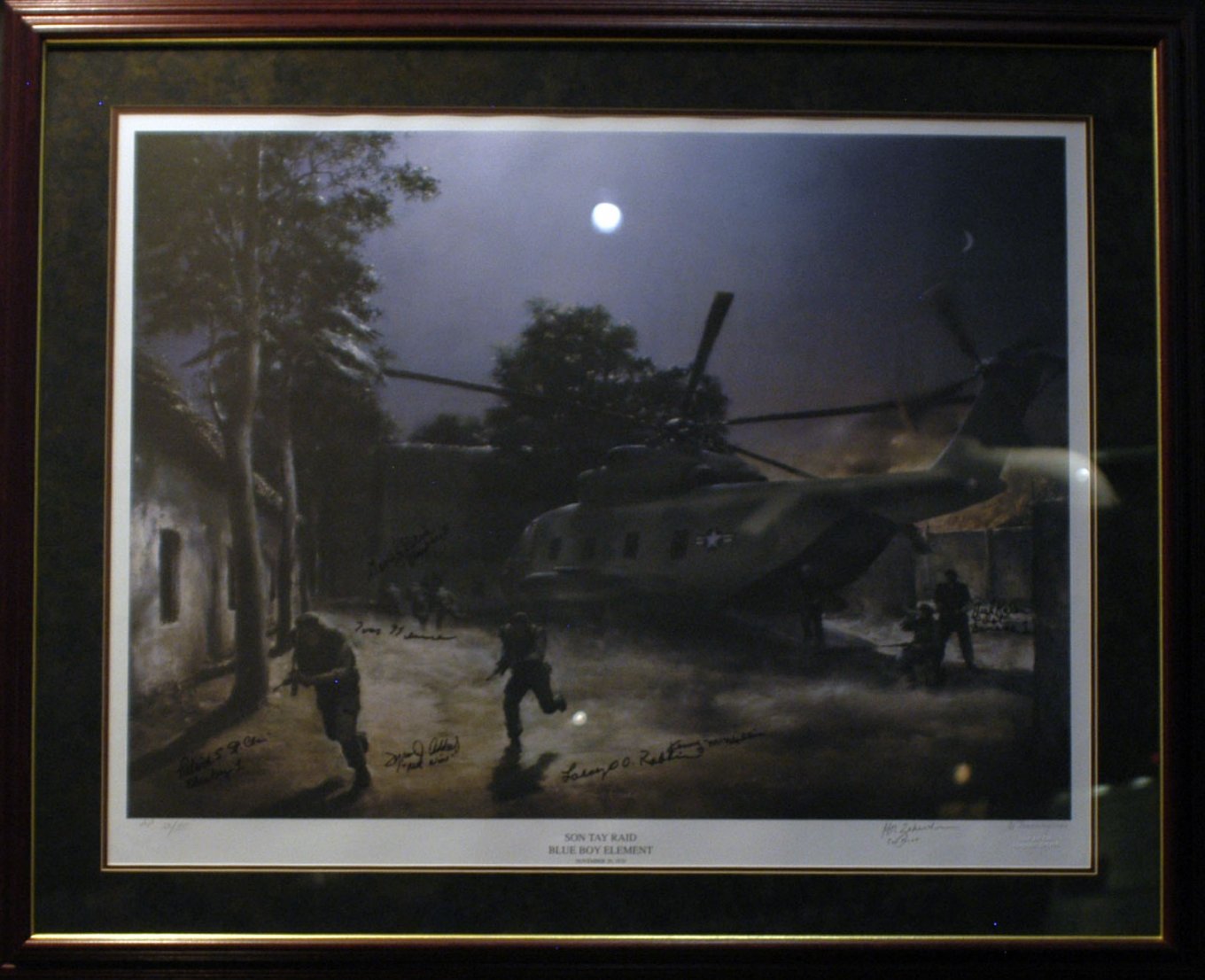
Flying his HH-3E codenamed Banana 1, Zehnder, as planned, crash-landed his helicopter into the center of the prison courtyard at night, in a space never meant for a 10-ton rotorcraft with an 18.9-meter rotor diameter. Then, he joined the assault with Green Berets.
The raid was daring, coordinated, but ultimatively in vain. Intelligence had failed: the POWs had been relocated. Yet the mission is still considered a tactical success, as all the raiders returned home safely. For his actions, Zehnder was awarded the Silver Star Medal.
Read more: EU Announces Black Sea Action Plan: From Security and Intelligence Hub to Protecting Ports and Cables



